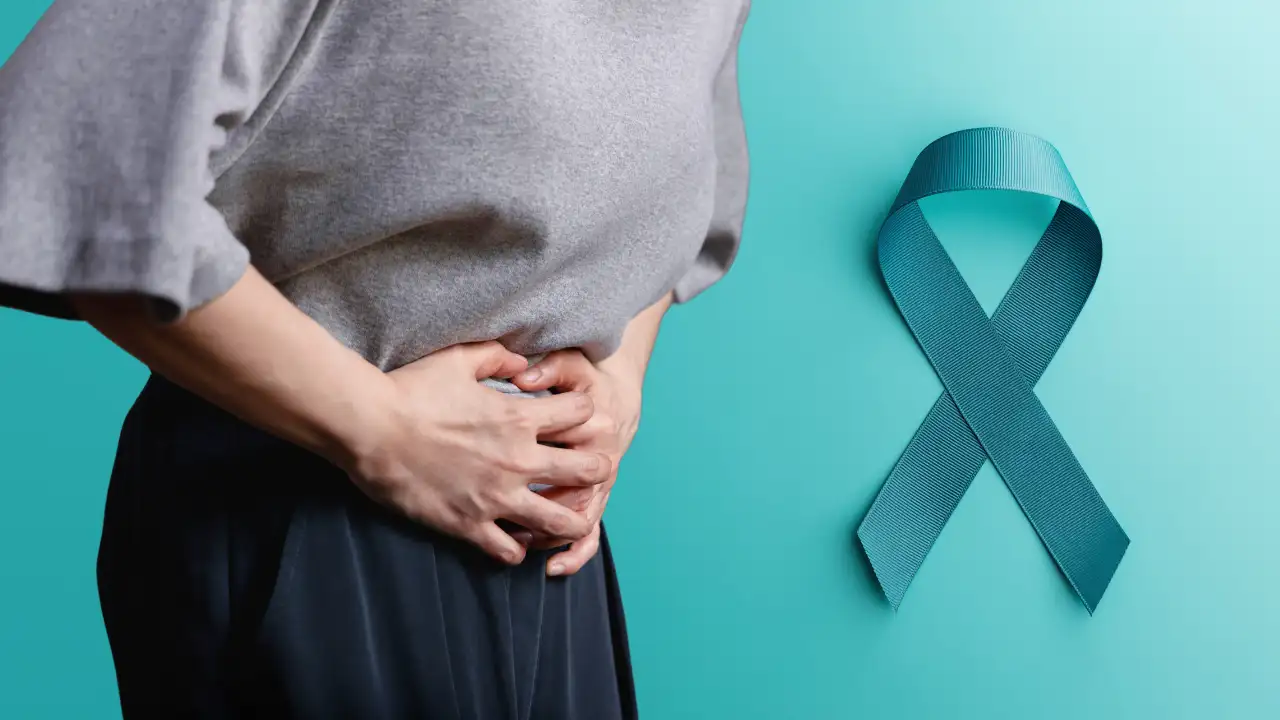Cervical cancer, the second most common cancer in women worldwide, is witnessing a troubling rise among young women in India. According to research, India accounts for 127,526 new cervical cancer cases annually, with a mortality rate of 11.2 per 100,000 women—significantly higher than the global average of 7.1. The uptick among younger age groups is largely attributed to the high prevalence of Human Papillomavirus (HPV), early sexual activity, limited screening, poor vaccination coverage, and changing lifestyle habits.
Cervical cancer originates when the cells of the cervix grow uncontrollably and invade surrounding tissues. Often asymptomatic in early stages, the disease can silently progress to an invasive form, potentially spreading (metastasising) to the lungs, liver, bladder, vagina, and rectum. This silent progression underscores the critical importance of early detection and preventive measures.
A Younger Target Group
“While the peak incidence of cervical cancer is typically between ages 55 and 59, we are increasingly seeing cases among younger women aged 15 and 44,” says Dr Mansi Khanderia, Lead Consultant – Medical Oncologist at Sparsh Hospital, Bangalore. “This is largely due to early exposure to HPV and a lack of awareness and access to preventive tools.”
Dr Khanderia stresses the crucial role of screening, advocating for Pap smears and colposcopy as essential diagnostic tools. “We must also prioritise HPV vaccination—a preventive shield against the virus that causes most cervical cancer cases.”
A Preventable Cancer
Echoing this sentiment, Dr. Megha, Senior Consultant – Obstetrics and Gynaecology at Apollo Spectra Hospital, Delhi, says, “Cervical cancer is one of the few cancers that is almost entirely preventable, and yet it continues to claim thousands of lives each year.”
She stresses the importance of early screening and timely vaccination. “Administering the HPV vaccine between the ages of 9 and 14 offers robust protection against high-risk virus strains like HPV 16 and 18, responsible for nearly 95% of cervical cancer cases.”
Rural Disparities and Lifestyle Factors
The challenge is particularly acute in rural India. According to Dr Samit Purohit, Senior Consultant – Medical Oncology at Action Cancer Hospital, Delhi, “In many rural regions, early marriage and sexual debut elevate the risk of HPV infection due to immature cervical tissue and poor genital hygiene.”
Dr Purohit further points out the dismal screening rates, referencing NFHS-5 data that shows only 1.9% of women aged 30–49 have undergone screening. “This lack of a robust national screening programme, coupled with poor awareness and limited access, especially in rural areas, exacerbates the problem.”
The absence of a widespread HPV vaccination initiative, along with high costs (ranging from Rs 4,000 to Rs 10,000 depending on the brand), leaves many young women unprotected. Experts argue that socioeconomic barriers—poverty, low education levels, and social stigma around reproductive health—further dissuade women from seeking screening or vaccination.
Adding to the risk, a modern, fast-paced lifestyle marked by smoking, alcohol consumption, delayed childbirth, and poor nutrition makes HPV-infected young women even more vulnerable.
A Call for Collective Action
Experts unanimously agree that every young woman should undergo cervical cancer screening annually, regardless of symptoms. They advocate for a unified response involving the government, healthcare institutions, schools, and civil society.
On the policy front, the Indian government has recently taken a promising step by announcing the integration of the HPV vaccine into the national immunisation programme. Experts view this as a game changer. “Incorporating HPV vaccination into routine immunisation for girls aged nine will not only improve access but also affordability,” they say.
There is also a strategic push for mass vaccination over the next three years. Girls aged 9 to 14 can be vaccinated in schools or at nearby government primary health centres.
Looking ahead, India awaits the results of ongoing trials assessing the efficacy of a single-dose HPV vaccine for girls aged 9–15. Initially rolled out in 2006 as a three-dose course, the vaccine was later revised to two doses for younger girls. Now, based on recommendations from the National Technical Advisory Group on Immunisation (NTAGI), the Indian Council of Medical Research (ICMR) is evaluating the single-dose regimen through trials at three of its centres. These studies, expected to be monitored over two years, could further simplify and scale the vaccination programme.
Get Latest News Live on Times Now along with Breaking News and Top Headlines from Health and around the world.
